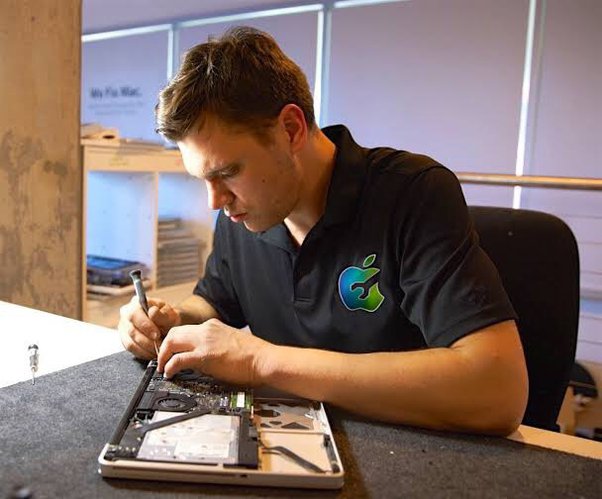Security remains a top priority for homes and businesses. As technology advances, more properties are installing a modern door access system in Singapore. Many owners now face the choice between a biometric door access system and traditional locks. Understanding how each works helps with making a practical decision.
Traditional Lock Systems
Traditional locks rely on physical keys. These include knob locks, deadbolts, and padlocks. Key-based systems offer a low-cost setup. Many residential and small business properties still use these due to familiarity and simplicity.
Traditional locks come with weaknesses. Keys get lost, copied, or stolen easily. Rekeying or replacing locks costs time and money. Lockpicking and forced entry also remain serious risks. Even upgraded high-security locks cannot eliminate these vulnerabilities.
Using traditional locks demands manual control. Owners must ensure doors are locked. Staff turnover increases security risks unless locks are changed. In environments with many access points or large teams, key management becomes burdensome.
Exploring Biometric Door Access Systems
A biometric door access system uses fingerprints, facial recognition, or iris scans to grant access. It removes dependency on keys or cards. These systems store user data in encrypted databases. Authorised individuals access doors through a secure scan.
Biometric systems operate with accuracy and speed. Fingerprint scanners authenticate users within seconds. Facial recognition works well for high-traffic buildings. Some systems combine biometric checks with PIN codes or keycards for added security layers.
The digital nature of biometric systems allows for real-time access control. Admins can monitor and revoke access through centralised dashboards. Time logs track entry attempts. These features support tighter security and easier audit trails.
Installing a biometric door access system improves operational efficiency. There is no longer a need to issue keys or cards. Lost credentials no longer pose risks. Updates to permissions happen instantly.
Security and Reliability: A Comparative Look
Biometric systems provide higher security than traditional locks. Physical keys offer no identity verification. Anyone holding a key gets access. In contrast, biometric scans verify identity based on unique personal traits.
Traditional locks fail to track usage. There is no way to know who accessed a door and when. A biometric door access system keeps complete logs of entry times, helping administrators detect suspicious activity.
Biometric authentication offers low false acceptance rates. It prevents tailgating and unauthorised access. When integrated with a CCTV camera system in Singapore, it strengthens surveillance and verification.
While traditional locks can be tampered with, biometric systems resist physical tampering. Even if a biometric panel gets damaged, the system notifies administrators through connected alarms or dashboards.
Maintenance, Scalability, and Cost Considerations
Installing traditional locks costs less upfront. However, frequent replacements, key duplication, and rekeying raise long-term costs. They also demand constant human oversight.
Biometric systems involve a higher initial investment. The cost includes hardware, software, and installation. Over time, these systems reduce administrative overhead. There’s no recurring cost for rekeying or issuing new access credentials.
Scalability also differs. Traditional locks limit user management. A door supports only a finite number of keys. Biometric systems handle hundreds of users. This makes them ideal for commercial facilities, offices, and shared buildings.
In case of large teams or multiple sites, biometric systems offer better central control. Remote management ensures consistency across locations. Updates to permissions apply across all doors without physical intervention.
Integration with CCTV Camera Systems in Singapore
Combining a door access system in Singapore with a CCTV camera system enhances building security. Biometric access logs paired with video footage create a strong evidence trail.
Integrated systems allow live monitoring. Security staff can verify identities visually while receiving biometric confirmations. In emergencies, recorded footage provides reliable support for investigations.
Most biometric systems now support third-party integration. This includes linking with alarm systems, CCTV feeds, and mobile control apps. Business owners gain peace of mind knowing all security points work together.
Traditional locks offer no such integrations. Even with CCTV coverage, there is no direct link between lock usage and footage. Events remain unverified unless captured manually.
Making the Right Decision for Your Property
Choosing between a biometric door access system and traditional locks depends on several factors—budget, building size, foot traffic, and security goals.
Small residential properties might find traditional locks sufficient, especially in low-crime areas. Budget-conscious owners also lean toward simpler solutions. However, managing access during staff turnover or tenancy changes causes delays.
Businesses, offices, and shared spaces benefit more from biometric systems. These offer speed, convenience, and advanced tracking. Combining these with a CCTV camera system in Singapore raises the overall security posture.
Biometric access control prevents common errors tied to key misuse. It reduces internal risks and ensures only authorised individuals gain access. These systems also help meet compliance requirements in regulated industries.
Upgrading to a smarter and more secure entry solution? Reach out to VALSYS Technologies to explore a reliable door access system in Singapore. Discover how biometric door access systems and a CCTV camera system in Singapore can secure your property better. Contact VALSYS Technologies today to get started with a customised solution.



